Supercomputers are the giants of modern computation, crunching numbers for weather forecasting, drug discovery, and even the secrets of the universe. But as the world’s problems grow more complex, the limits of classical computing are becoming clear. Enter a series of remarkable physics breakthroughs—centered on graphene, quantum materials, and new forms of superconductivity—that could redefine what supercomputers, and even quantum computers, are capable of. This isn’t just lab curiosity: these advances could soon mean computers that are thousands of times faster, much more energy efficient, and able to solve problems we once thought were impossible.
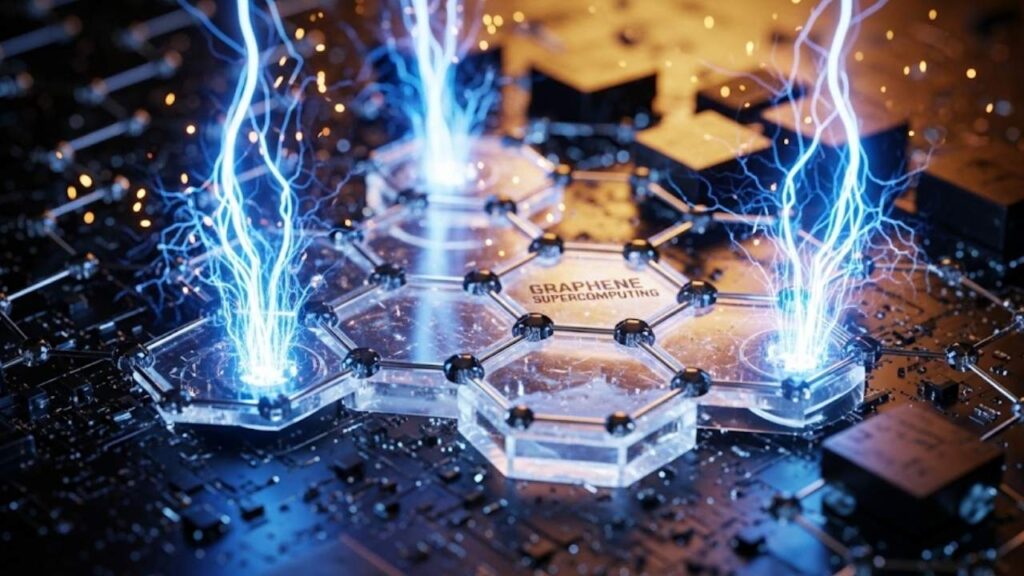
Imagine a world where your laptop could, in minutes, solve a problem that would take today’s fastest supercomputer a million years. Or where the energy needed to power data centers is a tiny fraction of today’s colossal demand. These aren’t science fiction—they’re the real-world goals of the latest research in physics and materials science. This article explains, in clear and friendly terms, how these breakthroughs work, why they matter, and what they mean for the future of technology—whether you’re a curious student, a professional engineer, or just someone excited about the digital age.
Table of Contents
Next Generation of Supercomputers
| Breakthrough Area | Key Facts & Stats | Why It Matters (Professionals & Students) |
|---|---|---|
| Graphene Quantum States | Electrons flow without resistance in precise graphene stacks, even at zero magnetic fields. Creates fractional quantum anomalous Hall states and electron crystal states—both essential for robust, efficient quantum chips. | Enables ultra-fast, low-energy quantum computing without the need for expensive, bulky magnets. |
| Twisted Superconducting Graphene | Superconductivity (zero-resistance current) appears in carefully stacked, twisted graphene—unlike traditional superconductors. Twisting layers controls quantum behavior at near-absolute-zero temperatures. | Opens the door to lossless power transmission, faster logic circuits, and new quantum devices. |
| Quantum Materials Innovation | New tools can rapidly screen materials for quantum computing suitability, and self-assembling graphene stacks bring us closer to scalable quantum devices. Microsoft and others already deploy topological quantum processors. | Accelerates the search for practical quantum materials and chips—no more guesswork in the lab. |
| Power Efficiency | Quantum computers and graphene-based devices promise dramatic reductions in energy use compared to classical supercomputers. | Could make computing greener, cheaper, and accessible to more people and organizations. |
| Practical Impact | Real-world problems (e.g., medical device simulation, materials prediction) are now being tackled by quantum systems, with clear advantages over classical computers in some cases. | First steps toward useful quantum machines for industry, not just research labs. |
An unexpected physics breakthrough—centered on graphene, exotic quantum states, and novel superconductors—is reshaping the world of supercomputing. These new discoveries promise machines that are faster, more efficient, and capable of solving problems once thought impossible. For students, professionals, and anyone excited about the future, these advances offer a wide-open field for learning, discovery, and innovation.
The road ahead still has real challenges—scaling up manufacturing, perfecting error correction, and finding ways to operate quantum devices at higher temperatures. But the momentum is real, and the potential is enormous. By staying curious, learning new skills, and fostering a spirit of collaboration, we can all play a part in building the next generation of supercomputers and quantum devices. The future of computing is being written today—and everyone is invited to join the journey.
Why Are We at a Turning Point?
Today’s classical supercomputers, like the Frontier machine, are marvels of engineering. But some problems—especially in chemistry, artificial intelligence, and materials science—are so complex that even the fastest machines take years or decades to solve them. Quantum computers use “qubits,” which can be 0, 1, or both at the same time (a property called superposition). This lets them explore many solutions at once, making them potentially millions of times faster for certain tasks.
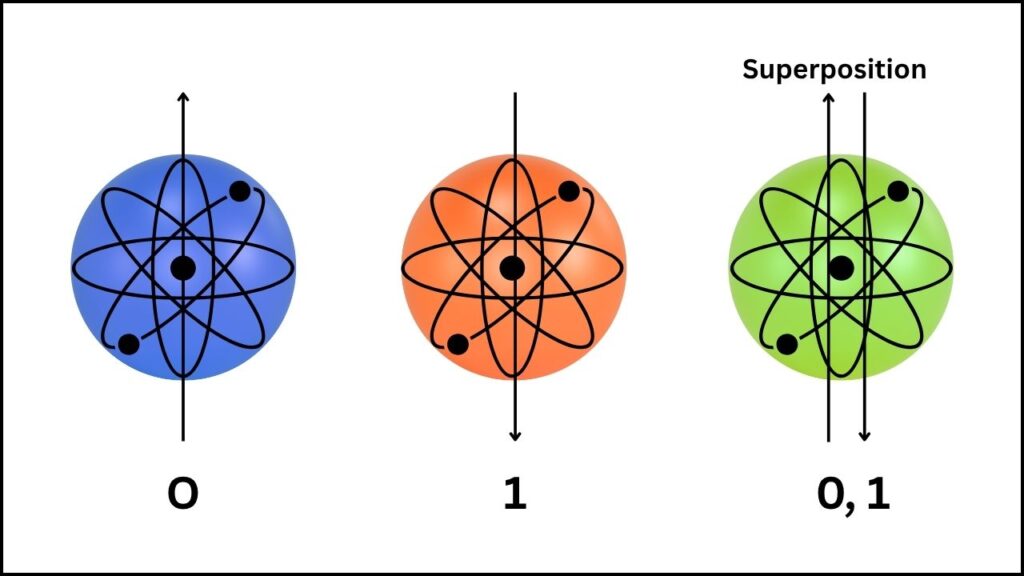
However, quantum computers today are fragile, error-prone, and typically require extreme cold. That’s where graphene and related breakthroughs come in: they could lead to quantum computers that are both robust and energy efficient, and even to entirely new kinds of classical supercomputers, with speed and efficiency we can barely imagine today.
How Do the New Discoveries Work?
The Magic of Graphene
Graphene is a single layer of carbon atoms arranged in a honeycomb. It’s incredibly strong, flexible, and conducts electricity better than copper. But until recently, its real quantum potential was hidden. Researchers at Florida State University and elsewhere have discovered that stacking graphene in precise ways—sometimes with a slight twist—creates astonishing new states where electrons flow without resistance, even without an external magnetic field. Normally, such “quantum Hall” effects only appear in massive magnetic fields, but now, in specially prepared graphene, they show up naturally.
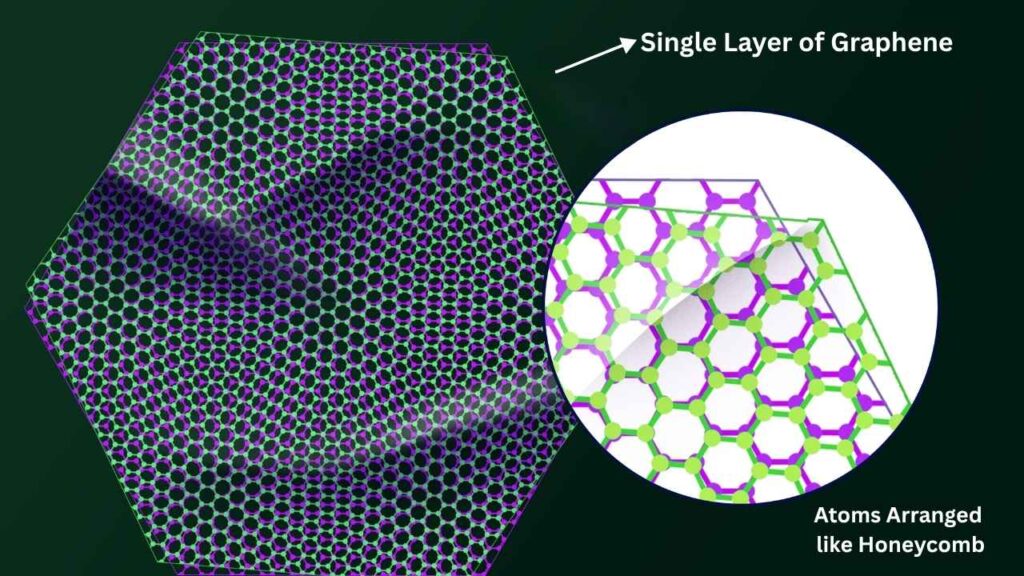
In these exotic states, electrons sometimes act as if they only carry a fraction of their usual charge—say, five-ninths of an electron. These are called fractional quantum anomalous Hall states. At other times, the electrons freeze in place, forming a kind of electron “ice” (a crystal lattice), while still allowing current to flow along the edges with no loss—a phenomenon called the integer quantum anomalous Hall effect. These two states can even coexist in one device, much like a river flowing through a glacier.
The key to this behavior is the “moiré pattern”—the interference effect created when graphene layers are offset at just the right angle. These patterns act like quantum playgrounds, controlling how electrons move and interact in extraordinary ways.
Superconductivity in Twisted Graphene
Superconductors are materials that carry electricity without resistance—usually only at extremely cold temperatures. In 2018, researchers discovered that twisting two layers of graphene at just the right angle makes it superconducting. This “twistronics” effect is now being scaled up: adding more graphene layers and twisting them in complex stacks creates even richer superconducting behavior. Unlike traditional superconductors (like aluminum or mercury), these graphene-based superconductors don’t quite behave as expected, revealing new physics and opening the door to lossless electronic circuits and ultra-efficient logic chips.
Scalable Quantum Materials
Another major advance is the discovery that certain graphene layers can self-assemble into regular stacking patterns, like the ABA and ABC arrangements, without manual twisting or alignment. This is important because the quantum properties—superconductivity, specialized Hall effects—depend on these stacking geometries. Being able to grow these patterns at scale is a huge step toward practical, manufacturable quantum devices.
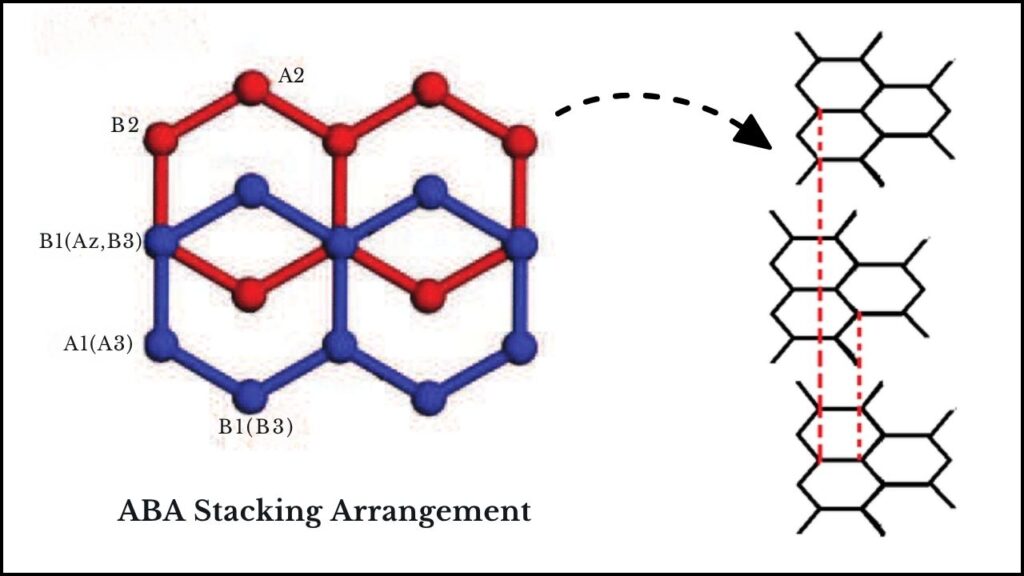
Meanwhile, new techniques let scientists quickly test whether a material is suitable for quantum computing—no more trial and error. Microsoft, for example, has already built a topological qubit processor by engineering stacks of conventional materials to act like exotic superconductors.
The Rise of Error-Reducing Quantum Computers
Most quantum computers today use “physical qubits,” which are fragile and error-prone. To create a single, reliable “logical qubit,” you need hundreds or thousands of physical ones, just to catch and correct errors. New materials and device designs—like those being unlocked in graphene—promise qubits with built-in error resistance, making quantum computers much more practical and scalable. Although these devices still operate at ultracold temperatures, their robustness and efficiency are a game-changer for the field.
What Does This Mean for Supercomputing?
Hybrid Quantum-Classical Machines
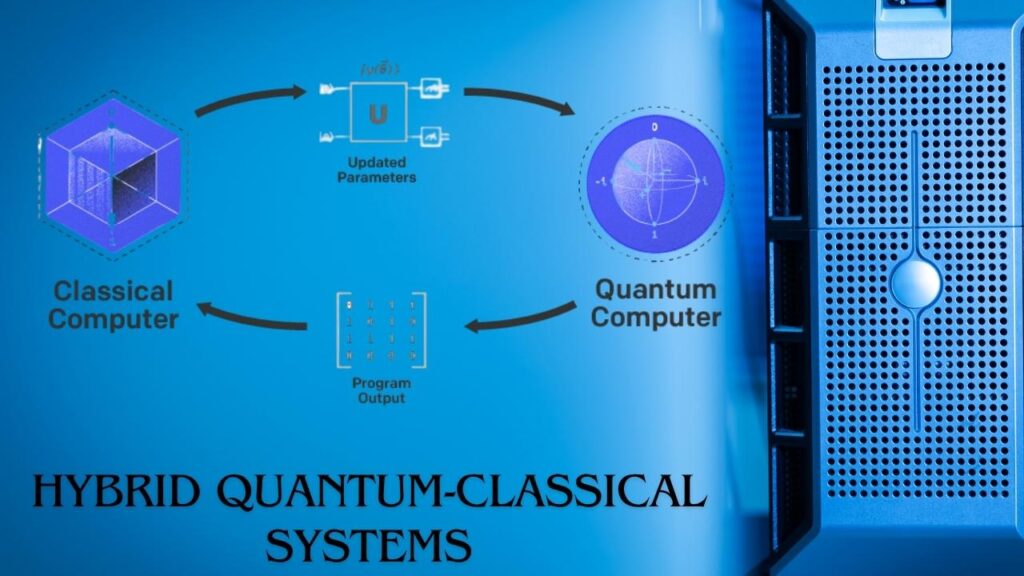
The future is likely to be hybrid: classical supercomputers will handle most tasks, but for especially tough problems, they’ll offload work to quantum processors. This is already happening in labs, and collaborations between academia and industry are accelerating progress.
Energy Efficiency
Supercomputers use enormous amounts of electricity—some consume as much as a small city. But quantum computers and graphene-based devices can, in theory, perform the same work with a fraction of the energy, making computing greener and more sustainable.
Practical Applications
The first real-world advantages are starting to emerge. Quantum computers have already outperformed classical supercomputers in specific, carefully chosen tasks—simulating molecules, optimizing complex systems, and solving puzzles in materials science. The gaps are modest, but this is just the beginning: as quantum hardware improves and error rates drop, these machines may soon tackle some of humanity’s biggest scientific and engineering challenges.
The Path Forward: From Lab to Life
1. Understand the Limits of Classical Computers
Classical computers, based on silicon transistors, are hitting fundamental limits. Making transistors smaller and faster helps, but only up to a point. Soon, we’ll need entirely new ways to compute—especially for problems with billions of variables.
2. Discover and Engineer New Materials
Materials like graphene, quantum dots, and topological insulators are opening new routes to faster and more energy-efficient computation. Controlling the way these materials interact—through twisting, stacking, or nanoscale patterning—unlocks their most exotic behaviors.
3. Build and Scale Quantum Devices
Today’s quantum computers are still small and error-prone, but graphene-based devices and topological systems are pointing toward scalable, robust quantum architectures. Manufacturing these on a large scale is the next hurdle, but self-assembling graphene layers and new materials screening tools are making progress.
4. Combine Quantum and Classical Computing
Most experts believe the best solution is to combine classical and quantum computers—each doing what it does best. For now, quantum machines are specialized tools, but as they grow more capable, they could become standard equipment in research labs and data centers.
5. Make Computing Greener and More Accessible
Lowering the energy cost of supercomputing is a global priority. Quantum and graphene-based systems, while still requiring refrigeration, promise huge gains in efficiency over today’s machines. And as technology improves, the need for extreme cold may diminish.
What Does This Mean for Careers in Science and Technology?
If you’re a student or a professional wondering where the jobs of the future will be, quantum computing, materials science, and advanced electronics are at the top of the list. Governments and companies worldwide are investing billions in these areas, and the demand for skilled workers is already outpacing supply.
How to Get Involved
- Take an online course in quantum computing, condensed matter physics, or materials science.
- Experiment with open-source quantum programming platforms—IBM, Google, and Microsoft all offer free tools for learning and research.
- Follow the latest news from major labs and companies—groundbreaking papers and job opportunities are published regularly.
- Talk to teachers, mentors, or professionals about internships, apprenticeships, or research projects in these fields.
For teachers and educators: The content of these breakthroughs is rich with real-world connections and applications, and there’s never been a better time to bring physics, chemistry, and engineering into your classrooms—with hands-on activities, coding projects, and discussions about the future.
Quantum-Enhanced Supercomputers Are Now Doing Real Chemistry—Here’s What It Means
Massive Doudna Supercomputer Will Use IBM Tech to Drive AI-Powered Science
Quantum-Enhanced Supercomputers Are Now Solving Real Chemistry Problems
FAQs About Next Generation of Supercomputers
Q: Is quantum computing just for scientists?
A: Not anymore. While quantum computing is still advanced, more and more tools and courses are designed for beginners and students. You can start learning the basics and even run simple quantum programs from your computer.
Q: Will quantum computers replace my laptop or phone?
A: Not anytime soon. Quantum computers are specialized for certain kinds of problems—like simulating molecules or optimizing complex systems. For everyday tasks, classic computers (and even your phone’s microchip) are much more practical.
Q: Are there risks with these new technologies?
A: Any powerful new technology brings questions. For example, quantum computers could eventually break some current types of encryption. But researchers are already designing “quantum-proof” replacements, and the global community is actively discussing how to manage these challenges responsibly.
Q: When will these machines be ready for everyday use?
A: Quantum computers and graphene-based devices are already being used in labs and for some real-world tasks. But for widespread use in schools, businesses, and homes, most experts expect it will take 5–10 more years of research and engineering.
Q: What can I do if I’m interested in this field?
A: You can start learning right away! There are free resources, online courses, coding projects, and science clubs for all ages. Talk to your teachers, visit your local science museum, or join a coding club—the future is open to everyone who’s curious.



















